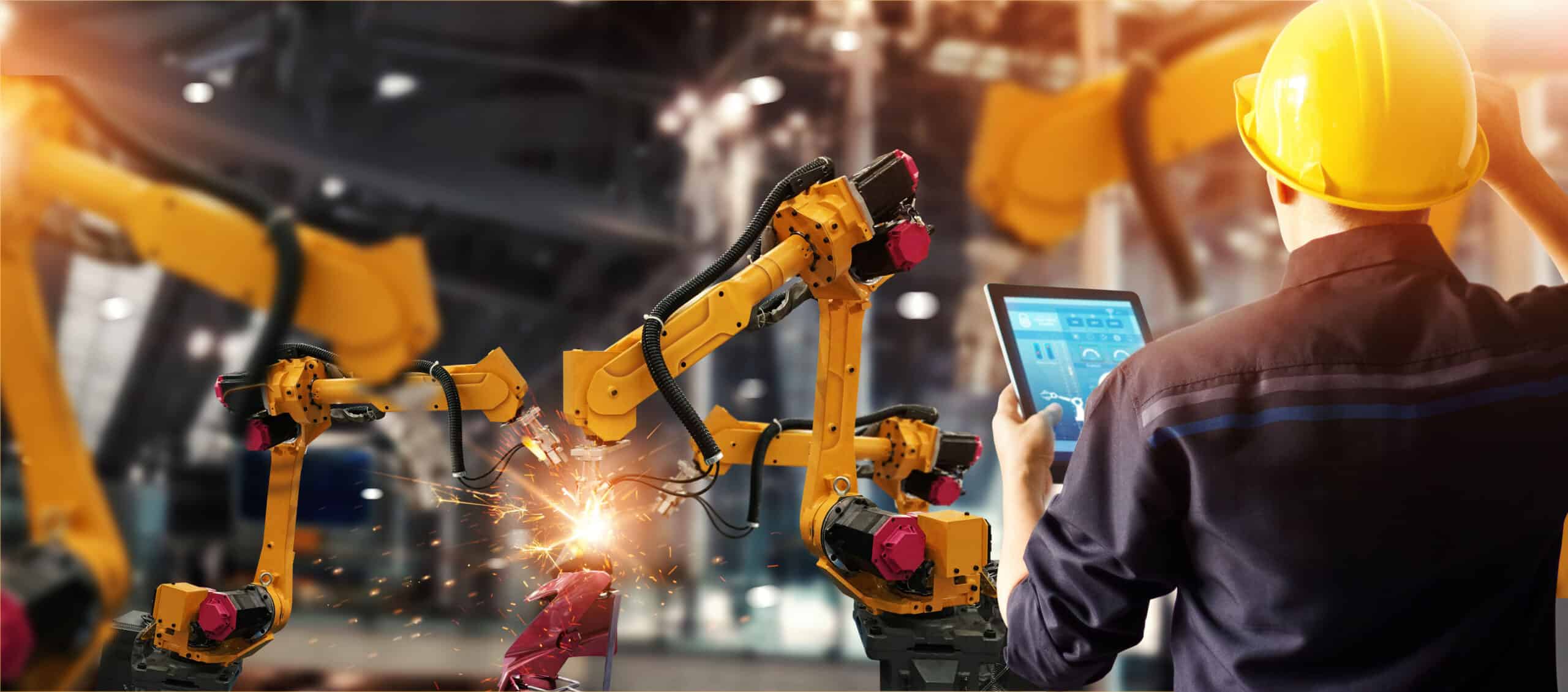
Not only is degree of freedom an important concept in statistics, it also is used to describe the movement of a body, such as a machine or a robot. Both uses of the term are important to know in manufacturing and engineering.
Overview: What is degree of freedom?
Degree of freedom can be defined as the number of directions that a body is able to move in. It can also refer to the independent data that is used in the estimation of a parameter.
5 disadvantages of degree of freedom
It is generally believed that the higher the degrees of freedom, the better, but there are some disadvantages to this level of degree of freedom:
1. Cost
Machines with a high degree of freedom are more expensive to implement. More axes means more hardware and integration. With a comparatively straightforward application, there will be fewer costs involved.
2. More difficult to program
Machines with lower degrees of freedom tend to be easier to operate as well as simpler to program.
3. Less stability
Utilizing machines with greater degrees of freedom can mean operating with less stability. Having fewer axes can provide more stability as the range of motion is more limited.
4. Slower operation
With a more robust range of motion in machines that have higher degrees of freedom, you may encounter that they operate significantly slower than machines where the range of motion is more limited.
5. Hinders automation of simple applications
Having more axes can add complexity to repeatable and straightforward applications that are inherently simple and can be achieved better with machines of only a few axes.
Why is degree of freedom important to understand?
There are several reasons why degree of freedom is important to understand:
1. Cutoff values
In inferential statistical tests, having an understanding of degrees of freedom can help to determine critical cutoff values.
2. Rejection of false hypotheses
More often than not, higher degrees of freedom relate to larger sample sizes. With this being the case, a higher sample size allows for more power to reject a false hypothesis and determine a significant result.
3. You can understand the tasks a machine or robot is able to perform
Machines and robots perform different tasks that are dependent on their degrees of freedom. Having knowledge of degrees of freedom provides you with the ability to better pick what machines and robots will work best for your needs.
An industry example of degree of freedom
In a manufacturing plant, robots are used to pick up and place parts onto a conveyor. These robots have a low DOF of 3. There is talk in the plant of a change in processes where it will be necessary for the robots to be able to reorient parts before placing them on the conveyer. In order to accomplish this, new robots with a greater degree of freedom will have to be introduced into the plant.
3 best practices when thinking about degree of freedom
Here are some practices to keep in mind when thinking about degree of freedom:
1. Reducing degree of freedom
In order to reduce the DOF of a body, restrictions need to be added to the body.
2. Note what kind of body it is based on the degrees of freedom
You can tell what kind of body you are working with based on the number of degrees of freedom.
- DOF greater than 0 signifies that it is a mechanism.
- DOF = 0 signifies that it is a structure.
- DOF less than 0 signifies that it is a pre-loaded structure.
3. There are a minimum of six degrees of freedom to be aware of.
- Surge: Forward or backward movement
- Heave: Upward or downward movement
- Sway: Left to right movement
- Roll: Side to side tilt
- Pitch: Forward and backward tilt
- Yaw: Left to right turning
Frequently Asked Questions (FAQ) about degree of freedom
What is degree of freedom in robotics?
DOF in robotics refers to how many directions a robot is capable of moving. An example would be that a robot that is being used to pick and place objects needs a minimum of 4 DOF. This is because it requires 3 motions to reach anywhere within a 3-D space, and then it needs the ability to grip in order to pull and place the object. That adds up to 4 degrees of freedom.
What would an example be of something that uses 6 degrees of freedom?
A quadcopter requires control of 6 degrees of freedom.
How are the degrees of freedom calculated in statistics?
It is often simply subtracting the estimated number of parameters from the sample size.
DF= N – P
Degrees of freedom in your business
Whether degrees of freedom is referencing how in statistics to estimate parameters or it is applied to the movement of a body in 3-D, knowing the difference between the two and how they apply to sample groups as well as machinery could be helpful to your business. This is especially true if you work in manufacturing where machines or robots are utilized for automated processes, as there will be crossover between both usages of the term.